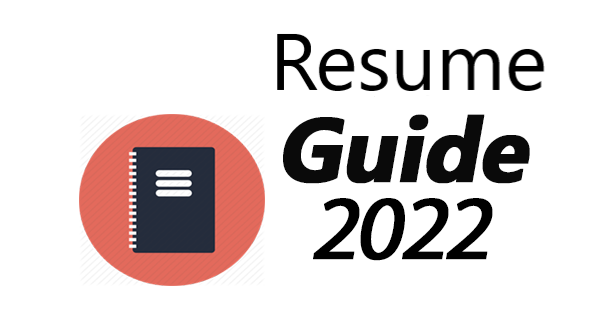As a job seeker/employer you might be looking for an employee with experience and qualifications that are specific to your company rather than from another company. Perhaps a past function performed at another company would be a relevant but meaningful activity in your field. For this reason, Australian resume format includes some things that might not seem relevant to you such as management experience and similar titles while the other side of the title may fit better with what’s on your list.
What is the best Australian Resume Format?
There is no one-size-fits-all answer to this question, as the best Australian resume format will vary depending on the type of position you are applying for and the specific requirements of that position. However, there are a few general guidelines that can help you create a tailored resume that will stand out from the competition.
One good place to start is by ensuring that your resume highlights your achievements rather than simply listing your employment information in chronological order. You should also try to include keywords that are relevant to the position you are applying for, and use catchy titles and headings to draw attention to your accomplishments. Finally, make sure that all of your information is accurate and up-to-date, and avoid typos and grammatical errors.
Ultimately, the best way to know what format is best for your resume is to research the specific requirements of the positions you are interested in and tailor your resume accordingly.
Technical and Functional Skill Section
If you are looking for an Australian resume format that best highlights your technical and functional skills, the V-Resume may be the perfect option for you. This resume format is simple and efficient, making it easy to read and understand. Plus, it comes with plenty of space to showcase your experience and qualifications.
If you are looking to make a strong first impression with your Australian resume format, consider using a layout like the V-Resume. It will show that you have skills that can be usefully applied in the job market, and it will help you stand out from the crowd.
Read Also: Thewatchcartoon
Formatting Your Resume
There are a few different ways to format your resume, but the most common is by listing your work experience in reverse chronological order. This way, you’ll appear to be the most well-qualified candidate for the position. Make sure to provide enough detail to showcase your skills and accomplishments. For example, instead of just listing your job titles and dates of employment, including how you managed teams, helped customers, or exceeded expectations.
When creating your resume, keep an eye on fonts and layout. Use typefaces that are clear and easy to read; avoid fancy fonts or ornate designs. Use a basic layout with headings below the name and title of each section. Don’t overcrowd pages with too much text or pictures – make it easy for recruiters to scan your resume quickly.
Work History Sections
There are many great Australian resume writing formats to choose from, but which will help get your career moving in the right direction?
One popular resume format is the chronological format. This means that your work history is listed in reverse chronological order, starting with the most recent job and working back to the beginning. This gives you the opportunity to highlight your most recent accomplishments first and show how your skills and experience have evolved over time.
If you want to stand out in a competitive job market, it’s important to make sure that your resume layout looks good onscreen. Most recruiters prefer resumes that are formatted in an A4 or US Letter size paper, with a conservative font and no bold or italics. Use black ink only for text bullets and highlights, and avoid using borders or other distracting elements.
When creating a resume, focus on showing recruiters what you can do for them, not what you have done for others. Try to include at least one objective statement (called a “key claim”) at the beginning of each section that describes why you’d be a great fit for the position you’re applying to. In addition, make sure to list any relevant certifications or awards that you
Conclusion
Just like there is no “one size fits all” resume format, there is no one best Australian resume writing format. That said, many Australians recommend using a chronological format with a focus on skills and experiences that have contributed to your success in the past. Other popular formats include the hybrid or functional resume, which combines elements of chronological and functional resumes. No matter what type of Australian resume you choose, be sure to tailor it to your specific career goals and target audience. And finally, don’t forget to create impressive executive summary statements that provide a snapshot of who you are as a professional and why employers should want to hire you.

